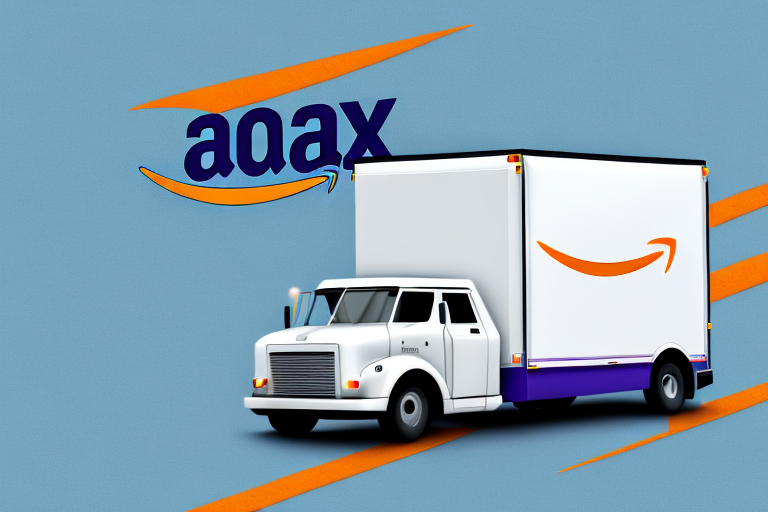Understanding Amazon Shipping Rates for FedEx Sellers
For Amazon sellers, navigating shipping rates is crucial to maintaining profitability and ensuring customer satisfaction. When using FedEx to fulfill orders, understanding the intricacies of Amazon's shipping costs, factors influencing these rates, and strategies to minimize expenses is essential. This guide delves into the fundamentals of Amazon shipping rates for FedEx users, providing comprehensive insights on cost calculations, shipping policies, and best practices for efficient fulfillment.
Calculating Shipping Costs on Amazon with FedEx
Shipping Calculators and Tools
Accurately calculating shipping costs involves assessing the weight, dimensions, and destination of each package. Amazon offers a shipping calculator to help sellers estimate costs. Additionally, FedEx provides its own shipping calculator on the FedEx website, allowing comparison between Amazon’s rates and direct FedEx rates.
Impact of Sales Volume on Shipping Rates
A higher sales volume can lead to better shipping rates through Amazon’s tiered discount system. Maintaining detailed records of shipping expenses and leveraging platforms that integrate with Amazon can aid in tracking and optimizing these costs.
Key Factors Affecting Amazon Shipping Rates for FedEx Sellers
Package Weight and Dimensions
The weight and size of your products significantly influence shipping rates. Larger and heavier packages incur higher costs, especially for expedited shipping or international deliveries.
Shipping Speed and Destination
Faster shipping options, such as Amazon’s Expedited or Priority shipping, come at a premium. Additionally, shipping to remote or international destinations increases the overall cost due to longer transit times and potential customs fees.
Product Type and Packaging Requirements
Certain products, like hazardous materials or items requiring specialized packaging, may have additional shipping fees. Adhering to Amazon’s Frustration-Free Packaging guidelines can mitigate some costs and enhance customer experience.
Strategies to Optimize and Reduce Amazon Shipping Costs with FedEx
Utilizing Amazon’s FBA Program
Amazon's Fulfillment by Amazon (FBA) service allows sellers to store products in Amazon’s warehouses. This not only streamlines the shipping process but also provides access to Amazon’s discounted shipping rates and Prime eligibility.
Optimizing Packaging
Using lightweight and appropriately sized packaging minimizes shipping costs. Reducing excess weight and optimizing box sizes can lead to significant savings on both shipping fees and material costs.
Negotiating with FedEx
Establishing a strong relationship with FedEx can lead to better rates, especially for high-volume sellers. Leveraging sales volume and consistent usage may provide opportunities for discounts and special pricing.
Amazon Shipping Options: Standard vs Expedited with FedEx
Standard Shipping
Standard shipping typically takes 5-8 business days and is more cost-effective. It's suitable for non-urgent deliveries and can help maintain lower shipping expenses.
Expedited Shipping
Expedited shipping offers faster delivery, usually within 2-3 business days, but at a higher cost. This option can enhance customer satisfaction by providing quicker delivery times.
FedEx Express vs FedEx Ground
FedEx offers both Express and Ground services. FedEx Express is ideal for time-sensitive shipments, while FedEx Ground is a more economical option for less urgent deliveries.
Complying with Amazon’s Shipping Policies and Regulations
Packaging and Labeling Standards
Adhering to Amazon’s packaging and labeling requirements ensures safe delivery and avoids additional fees. Proper labeling, using the right materials, and following specific packaging guidelines are essential for compliance.
Tracking and Delivery Requirements
Providing accurate tracking information is mandatory. Amazon requires sellers to use tracking numbers for all shipments, which enhances transparency and customer trust.
Leveraging Amazon’s Buy Shipping Services with FedEx
Amazon’s Buy Shipping services enable sellers to purchase FedEx shipping at discounted rates directly through the platform. This integration simplifies the shipping process by allowing label creation, tracking, and management within the Amazon Seller Central dashboard.
Benefits include:
- Access to discounted FedEx rates through Amazon’s partnerships.
- Streamlined label creation and order fulfillment processes.
- Seamless tracking and management of shipments.
Addressing Common Shipping Challenges for FedEx Sellers on Amazon
Handling Shipping Delays and Lost Packages
Issues like delayed shipments or lost packages can impact seller reputation. Proactively communicating with customers and utilizing FedEx’s tracking and customer service can help resolve such issues promptly.
Managing Incorrect Shipping Rates
Incorrect shipping rates can erode profits. Regularly reviewing shipping calculations and ensuring accurate package measurements helps maintain correct pricing.
Customer Feedback and Seller Performance
Negative feedback related to shipping can affect seller ratings. Maintaining high shipping standards and timely deliveries fosters positive customer reviews and enhances overall performance metrics.
Future Trends in E-commerce Fulfillment and Their Impact on Shipping with FedEx
The e-commerce landscape is continuously evolving, with trends like automation, artificial intelligence, and sustainable shipping practices shaping the future of fulfillment. Staying abreast of these developments can help sellers adapt their shipping strategies effectively.
Emerging trends include:
- Automation and AI: Improved logistics through automated systems and AI-driven shipping optimizations.
- Sustainability: Growing emphasis on eco-friendly packaging and carbon-neutral shipping options.
- Same-Day Delivery: Increasing demand for ultra-fast delivery options.
To remain competitive, sellers should integrate these advancements into their shipping strategies, leveraging FedEx’s latest services and innovations.
Conclusion
Mastering Amazon shipping rates with FedEx involves understanding various factors and implementing strategic practices to optimize costs and improve efficiency. By leveraging Amazon’s tools, adhering to policies, and staying informed about industry trends, sellers can effectively manage their shipping operations, enhance profitability, and ensure customer satisfaction.




















